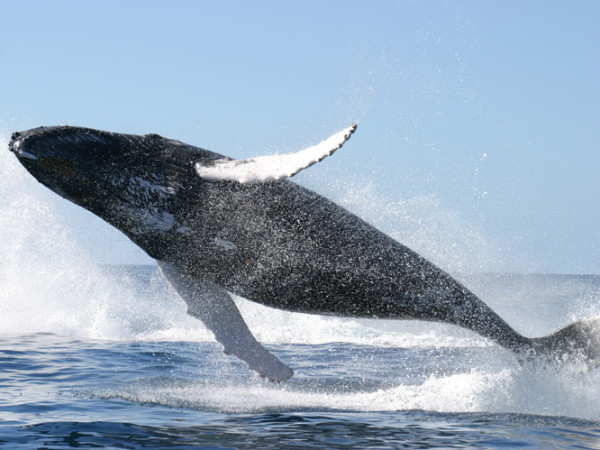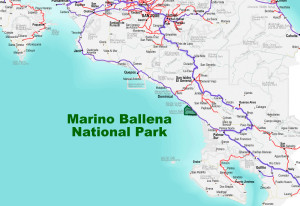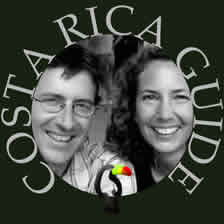Marino Ballena National Park is named after the Humpback Whales that migrate here each year from December to April to mate before returning to the frigid waters to the north.

Playas Uvita and Ballena are relatively unvisited stretches of white and golden sand. Green marine iguanas (iguana verde) bask in the sun between dives to feed on the algae growing on the rocks and coral. Between the beaches are areas of mangrove habitat.
The largest coral reef on the Pacific Coast of Central America forms a crescent necklace with the three small islands known as Las Tres Hermanas (three sisters) and Ballena island as the center piece. The park stretches from the southern end of Playa Hermosa to the northern end of Playa Piñuela and about 9 miles (15 km) seaward.

Especially at low tide, snorkeling can be good from the shore but be careful of currents and riptides. Dive trips are available to the islands. Beach combing is rewarding here, especially when the water recedes far enough to allow you to walk out to Punta Uvita Tombolo, the small island that is slowly being reclaimed to the land as sand and debris deposit to form a land bridge.
Olive Ridley and Hawksbill turtles can be seen laying their eggs on night visit to the beach between May and November. The largest numbers arrive on the waning moon usually in September. Please respect the turtles. Marino Ballena is not as closely monitored or regulated as some of the more famous nesting sites, and you may find yourself alone on the beach. Please do not use unshielded flashlights, camera flashes, make loud noises, or approach too closely. The turtles have worked very hard to get to the beach, don’t scare them away.
Common Inhabitants
Humpback whales, green marine iguanas, bottle nosed and common dolphins, Olive Ridley and Hawksbill turtles, corals, sponges, anemones, lobsters, trunkfish, frigate birds, brown footed boobies, pelicans, ibises.
When to Visit?
There are two whale migrations to calve in the warm waters of Marino Ballena. Antarctic families arrive in July and depart in November while their northern cousins from California and Canada come in December and leave in April.
Use the drop down menu to select any month of the year for a summary of the typical rainfall and weather patterns.
The Central Pacific is driest from mid-December to about June but typically the rainy season isn’t as dramatic here as further south.
Quick Facts Marino Ballena National Park
Was established in 1990 and protects 5,510 hectares of beach, mangrove estuary, lowland rainforest and marine habitats.
